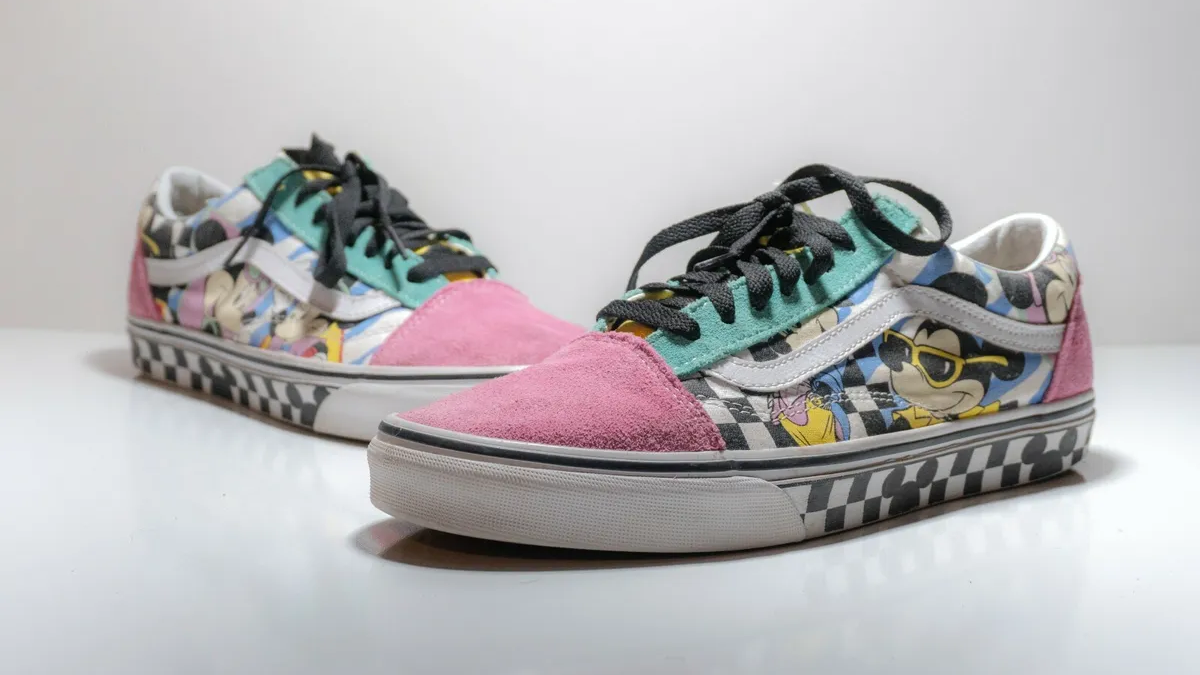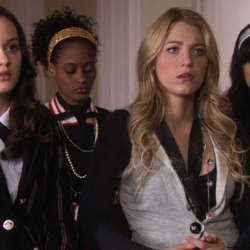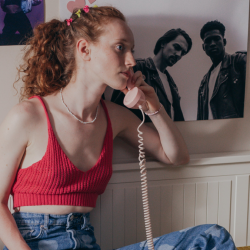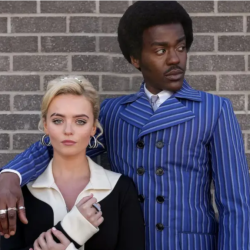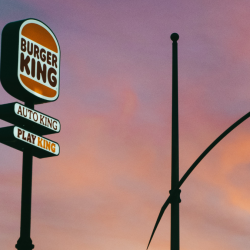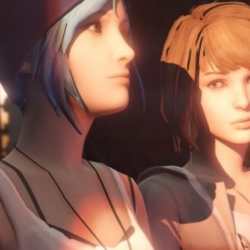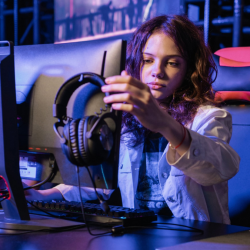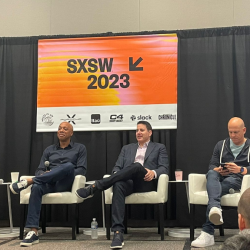Look at Hollywood today and you might second guess which decade you’re in… the ’80s, ’90s and 2000s are back; from live-action remakes of animated classics to the likes of Wonka and Dune, the industry is awash with remakes, reboots, and remasters. And it’s not just movies — the video game industry is going through a similar phase. Partnering with film and game franchises can be a powerful tool for brands. They can help brands target and raise awareness among new audiences while also providing content creation, storytelling, and cross-promotional opportunities. The potential with remade franchises is possibly even greater.
These movies and games come with existing fanbases that encompass multiple generations, and the hype some have experienced pre-and post-launch has been virtually incomparable. However, getting these partnerships right is challenging. Striking the best ones and utilising them effectively is critical for success.
To appreciate the opportunity remade franchises offer brands, we must step back and understand where this fascination with old narratives has come from…
From the studios’ perspective there’s no doubt that it’s difficult coming up with original ideas: whether it’s coming of age, rags to riches, a hero’s journey, or the underdog, there are a finite number of stories to tell. So it’s natural they might revisit past content. They also tend to be risk-averse, so returning to tried and tested stories is an appealing proposition. But from an audience perspective it’s all about the nostalgia. People who grew up during these decades have fond memories of the movies, TV shows and video games of the time, so revisiting those familiar stories and characters is a sure-fire way to evoke strong emotions. That’s a golden opportunity for the film and entertainment industry. Gen X and millennials are highly sought-after demographics; due to their increased disposable income and willingness to spend it on entertainment.
However, these generations are also much more likely to be cautious, especially amid the cost-of-living crisis — our research found 46% say they plan their entertainment spending in advance. Stories they already know and love are a safe option.
As these audiences grow older and have families of their own, the resurgence of ’80s, ’90s, and 2000s content gives them something they can share with their children. It’s the best of both worlds — story elements remain the same but are updated to reflect modern standards of inclusion and representation, which in turn introduces new audiences to the franchise. Nostalgia is also a compelling feeling for brands to tap into, creating a sense of comfort and familiarity. Brands like Cadbury have their own heritage to exploit, but now newer brands can create these deep emotional connections by utilising nostalgic franchises. There are further benefits to partnering with revived films and games. They tend to have sizeable existing fanbases, which reduces the risk associated with entirely new IPs.
Brands can also capitalise on the existing fan enthusiasm, elevating their image in the eyes of consumers by aligning with something which holds significant cultural and emotional resonance.
How brands can get it right
Recently, incredible partnerships have been formed between nostalgic franchises and brands. Vans’ tie-up with Disney demonstrates the power of modernisation and cultural relevance, as Vans effortlessly blends iconic characters and references into contemporary footwear. The first step for brands looking to replicate that success is to research and identify which franchises have enduring popularity and a loyal fanbase. Stay up to date with upcoming revival and reboot projects, and assess which have cultural relevance in contemporary pop culture.
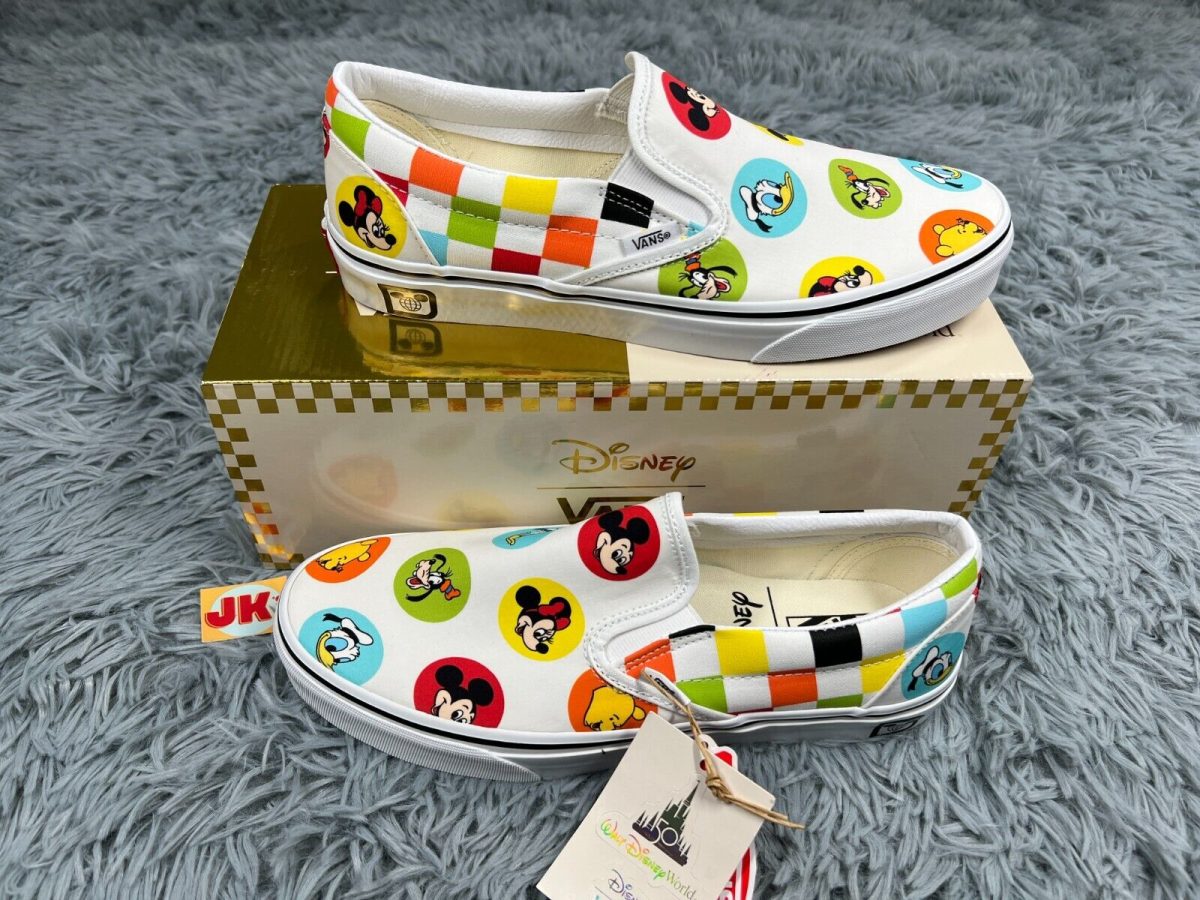
Then, evaluate brand fit: choose franchises that complement your brand identity, resonate with your customers and ensure that the franchise’s themes, messages, and tone align with your messaging and values. Define objectives and goals for the partnership, whether it’s increasing brand awareness, driving sales, or enhancing brand perception. And finally, innovate and modernise. While nostalgia is a powerful tool, brands should find ways to modernise content to appeal to current audiences, whether through new technologies, accessibility, representation or fresh takes on familiar stories.
It would be remiss for any article (about the power of remade franchises) not to mention last year’s Barbie movie. Who didn’t get involved in the hype? There were more than 100 different brand partnerships, covering everything from makeup and clothes to rugs and toothbrushes — Airbnb even made Barbie’s Malibu Mansion available to rent. But the number of brands that jumped on the Barbie bandwagon makes you wonder what kind of cut-through they would have achieved, and whether there might have been more relevant franchises for them to work with.
Did those partnerships ultimately do more for Barbie than Barbie did for them?
In navigating the resurgence of old franchises, marketers need to strike a careful balance between nostalgia, modern relevance, and brand appeal. It’s a complex job, but the payoff is worth it. Remakes aren’t going anywhere anytime soon, and brands must make the most of them.
Featured image: Vans x Disney

















